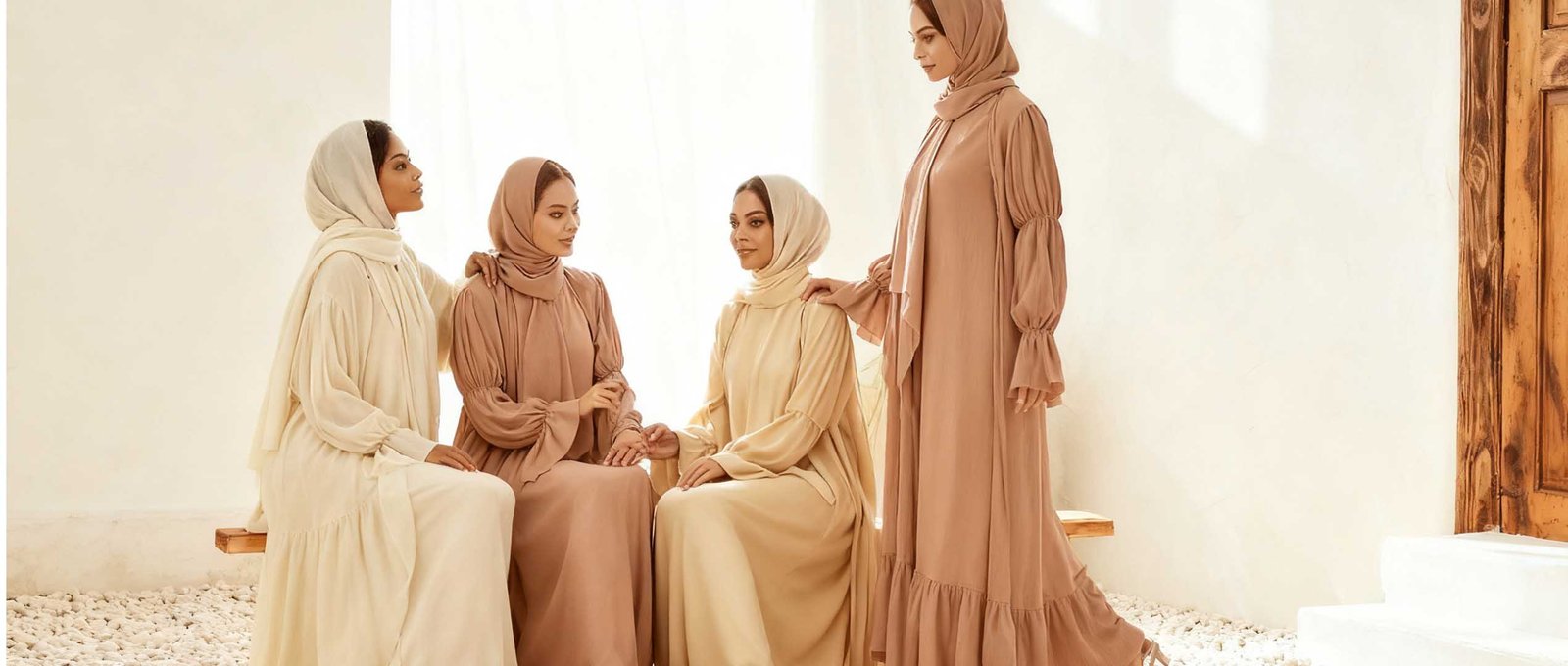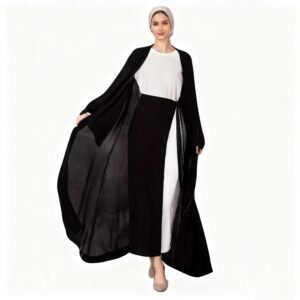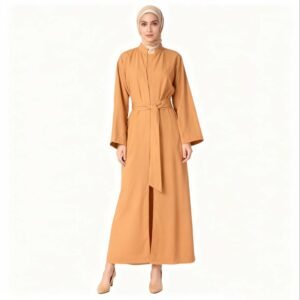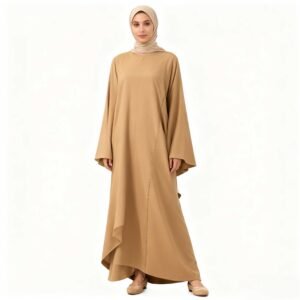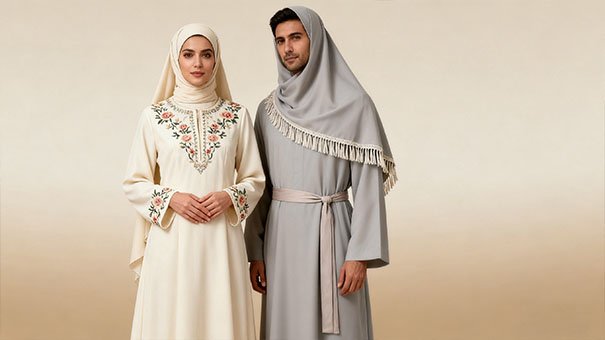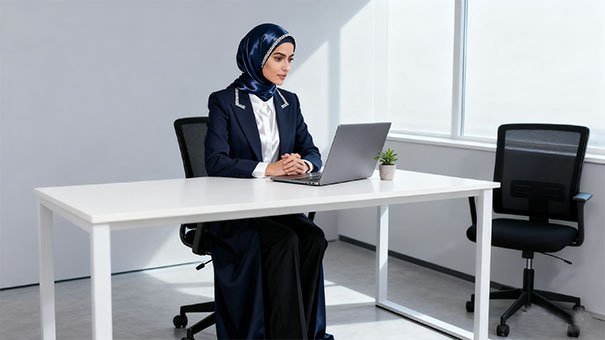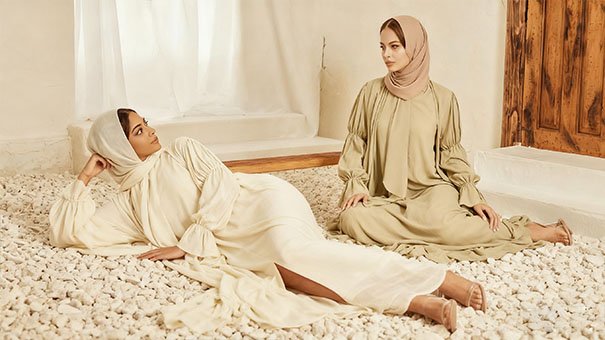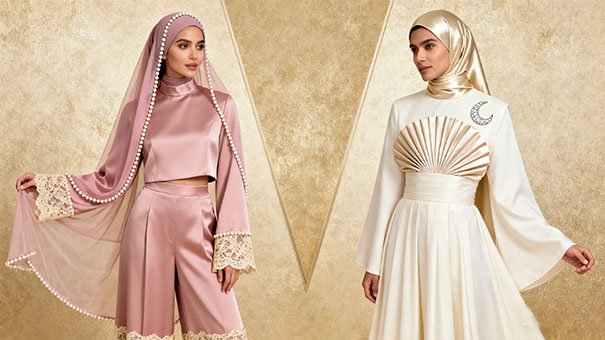When it comes to Muslim clothing and Islamic fashion, three timeless garments stand out — the Abaya, Kaftan, and Hijab. Each represents more than just style; they carry deep cultural meaning, modesty, and identity. But what really sets them apart? Let’s dive in.
1. What is an Abaya?
The Abaya is a long, flowing robe traditionally worn by women in Middle Eastern countries. It’s often black, but modern designers are now experimenting with new colors, embroidery, and luxury fabrics.
Today, Abayas have evolved into a symbol of modern modest fashion — blending elegance, comfort, and cultural heritage. Many custom Abaya manufacturers now offer personalized designs that allow women to express individuality while maintaining modesty.
Curious about how an Abaya is made? Check out our detailed post on the Abaya production process.
2. What is a Kaftan?
The Kaftan is a loose, flowing garment that originated from ancient Persia and North Africa. It’s known for its beautiful draping and luxurious fabrics — often silk or chiffon — making it a favorite for special occasions and everyday wear alike.
Unlike the Abaya, the Kaftan is more about fashion expression. You’ll find it in both Islamic fashion and global runway collections. Designers have modernized it with embroidery, sequins, and tailored silhouettes.
Still not sure how to choose between Abaya and Kaftan? Think of the Kaftan as a statement piece — relaxed yet radiant.

3. What is a Hijab?
The Hijab is not a garment but a head covering that symbolizes modesty and faith. Worn by Muslim women worldwide, it complements outfits like the Abaya or Kaftan.
In recent years, fashion-forward Hijab styles have exploded in popularity, turning it into a symbol of empowerment and self-expression. Major fashion brands now feature Hijabs on runways and campaigns — showing how modest fashion is redefining the global fashion industry.
4. Abaya vs Kaftan vs Hijab: How to Choose the Right One
Here’s the truth — there’s no one-size-fits-all answer. Each piece has its unique charm:
- Abaya: Perfect for formal or everyday wear; offers full coverage and elegance.
- Kaftan: Ideal for festive occasions or casual comfort; a balance between tradition and modernity.
- Hijab: A spiritual and stylistic statement that complements every outfit.
For fashion brands or boutiques, understanding these differences helps when selecting collections. Want to create your own designs? Partner with a reliable Abaya and Kaftan manufacturer who understands both culture and craftsmanship.
To explore the cultural evolution of modest fashion, visit Vogue’s article on the rise of modest fashion.
5. The Cultural Impact of These Garments
Each of these garments carries history, identity, and pride. Whether it’s the flowing grace of an Abaya, the bohemian vibe of a Kaftan, or the faith-centered elegance of a Hijab — they all empower women to embrace who they are with confidence and style.
In essence, these are not just clothes; they’re stories woven in fabric.

FAQs about Abaya, Kaftan, and Hijab
1. Can I wear an Abaya and Kaftan together?
Yes! Some women layer a Kaftan-style Abaya for added flair, especially during festive occasions like Eid.
2. What’s the best fabric for an Abaya or Kaftan?
Chiffon, silk, and crepe are popular for their lightweight and breathable feel — perfect for all-day comfort.
3. How do I customize my Abaya design?
You can work with custom Abaya suppliers who offer embroidery, color options, and personalized fittings.
4. Is Hijab mandatory in Islamic clothing?
It depends on cultural and personal beliefs. Many women wear it as a symbol of modesty and empowerment.
Looking for a Trusted Abaya or Kaftan Manufacturer?
At Oharry Garment, we specialize in custom Abayas and Kaftans with low MOQ, fast samples, and global delivery. Bring your modest fashion vision to life.

